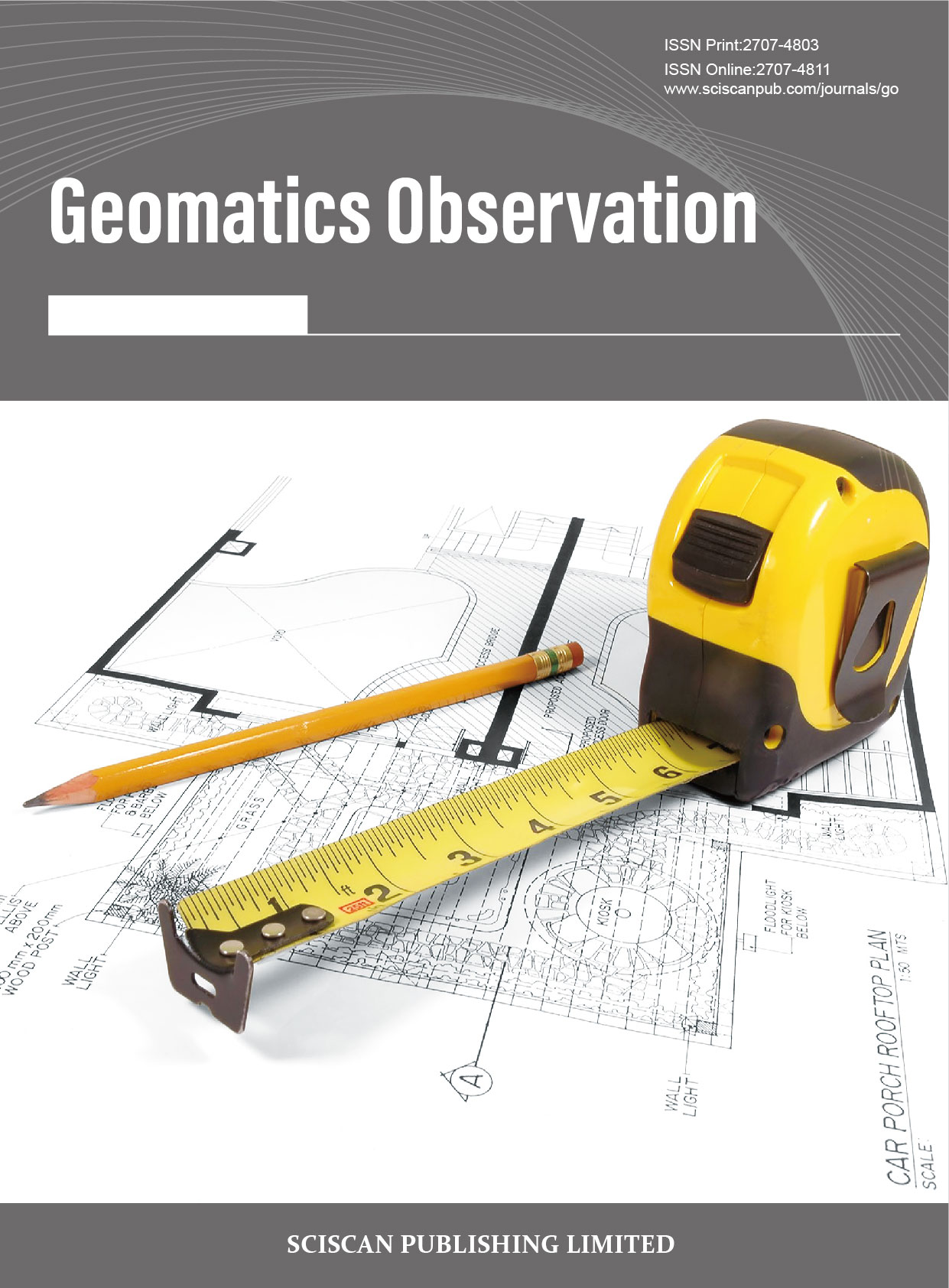Geomatics Observation
ISSN Print:2707-4803
ISSN Online:2707-4811
Contact Editorial Office
Subscribe to the latest published information from SCISCAN
重庆市土地利用景观格局变化及生态安全分析
Analysis on Landscape Pattern Change and Ecological Security of Land Use in Chongqing
- Authors: 谭博 刘国栋 李昌元
-
Information:
重庆交通大学土木工程学院,重庆
-
Keywords:
land use; landscape pattern; ecological security; Chongqing土地利用; 景观格局; 生态安全; 重庆市
- Abstract: It is important for the future regional land use planning, landscape pattern optimization, ecological city construction and sustainable development to study the spatial-temporal change characteristics of regional land use landscape pattern and its ecological security analysis. Based on GIS spatial analysis techniques, landscape ecology theory and the land use data of eight periods from 1980 to 2020, this study analyzed the land use change, landscape pattern and ecological security change of Chongqing in recent 40 years. The results showed as follows: (1)The land use/cover change was obvious in Chongqing; the cultivated land landscape was dominant, accounting for 45.67% of the total land use area, but the dominance of cultivated land landscape decreased gradually; Affected by the conversion of farmland to forest, woodland occupies 40.98% of the total land use area; Meanwhile, the landscape transformation changes mainly focus on the mutual transformation of cultivated land, forest land and grassland, and the source of construction land is cultivated land Transfer in the main. (2) The overall change rate of land use in Chongqing was gradually accelerated from 0.65% to 1.20%, and the degree of land use was increased from 248.09 in 1980 to 250.82 in 2020, which indicated that the anti-interference ability of the ecosystem is declining. (3) The change of landscape pattern in Chongqing was obvious, In the process of urbanization, the degree of landscape fragmentation increases, and the distribution of landscape patches is uneven and complex. (4) The ecological security degree of Chongqing decreased from 0.57 in 1980 to 0.52 in 2020, which indicated that the ecological vulnerability of Chongqing was gradually deepened. 研究区域的土地利用景观格局时空变化特征及其生态安全分析,可以为将来的区域土地利用合理规划,景观格局优化以及建设生态城市和可持续发展提供一定的基础。以 1980—2020 年 8 期土地利用数据为基础,结合 GIS 空间分析方法和景观生态学理论,定量分析重庆市近 40a 土地利用变化、景观格局及生态安全变化情况。结果表明:(1)重庆市土地利用 / 覆被结构变化明显,耕地占主导地位,面积占土地利用总面积的 45.67%,但耕地优势度逐渐降低,受退耕还林影响,林地仅次于耕地,面积占土地利用总面积的 40.98%;同时景观转移变化主要以耕地、林地和草地相互转化为主,建设用地来源以耕地转入为主。(2)重庆市整体土地利用变化速度加快,由 0.65%到 1.20%,且土地利用程度由 1980 年的 248.09 增至 2020 年的 250.82,说明生态系统的抗干扰能力下 降。(3)重庆市景观格局变化明显,城镇化进程中,景观破碎化程度增加,景观斑块分布不均匀和复杂化。(4)重庆市景观生态安全度由 1980 年 0.57 降至2020 年的 0.52,说明城市生态脆弱度加深。
- DOI: https://doi.org/10.35534/go.0301003
- Cite: 谭博,刘国栋,李昌元.重庆市土地利用景观格局变化及生态安全分析[J].测绘观察, 2021,3(1):22-43.
















